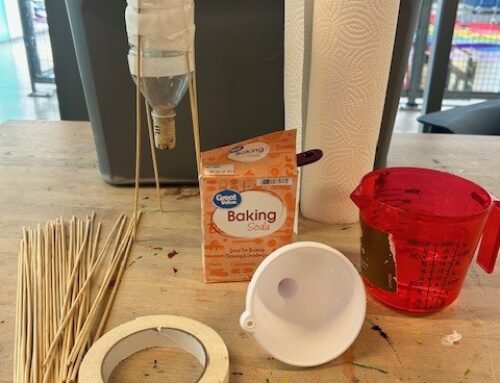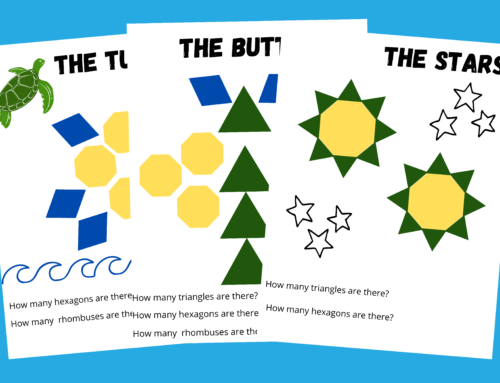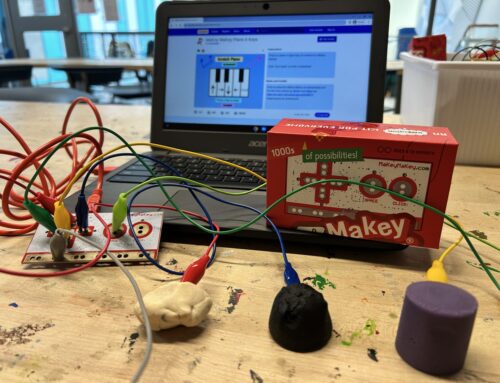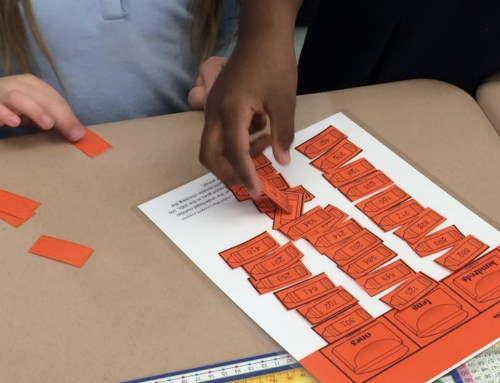One of my favorite things to do is to bring science to life to my students. So often my students have their theory about scientists acting and looking a certain way and are under the assumption that scientists are not normal people with normal lives. A few years ago, I started to reach out to my local community to bring in different kinds of scientists to talk to my students to make science more engaging and to show them what scientists do and look like. Bringing in a real scientist not only brings science to life for your students but also shows them that they are real people that they can aspire to be.
Here are my recommendations for ways that you can bring a scientist (or technologist, engineer, or mathematician!) into your school to inspire your students.

How to find a scientist to speak to your students
Finding a scientist to talk to your student may seem like a daunting task, but here are the places that I have looked in the past and have been successful. Even if you live in a very rural area, I can almost guarantee that there is a STEM professional willing to talk to your students.
Check out the local public library
There is a good chance someone at your local public library has had a scientist come for their programming before. Be sure to reach out to them to see what advice or contact they might possibly have. Also reaching out to your public library will open up for a possible collaboration between you and the public library on your scientist project and be able to reach more students.
Local universities or colleges
Look at the staff directory at a local university or college to see who on the faculty is a scientist or field of interest. Be sure to check out their bios to read what their background is in and email them directly to see if they are interested in educational outreach. Many junior colleges, community colleges, and universities have people on staff that would love to come out.
Any local astronomy organizations or clubs
See if there are any local astronomy organizations or clubs. This may include amateur astronomer clubs or your state’s Space Grant Consortium (every state has one!). More than likely these organizations can refer you to someone involved in their organization who would be willing to speak to your students.

NASA!
I live and teach in Houston so we have the benefit of either knowing a space scientist, astronaut, or knowing someone who does. See if there is a local NASA center near you and reach out to them or contact NASA to see if they are interested in a virtual visit. NASA is huge in educational outreach and your students would love to talk to an astronaut!
Graduate students
Grad students may not officially be scientists yet but they are working on it and it would be neat for your students to see other students learning to be a scientist. In the staff directory of universities or colleges, you will likely find PhD candidates with their area of expertise.

You found someone, now what?
Ask the scientist for pictures for your presentations
Students love pictures and a great way to keep them engaged and to bring science to life for them is by showing them pictures or videos of what they do in their work life.
Be sure to tell the scientist what to expect from your students.
Some scientists might not be used to working with children, especially young children. Be sure to let them know what to expect so they are not shocked. And surely your students will have a lot of questions!
 Hands-on activities
Hands-on activities
Students love to engage in hands-on activities. Suggest to your scientist about having different activities for them to do to keep them engaged and bring science to life. Additionally, you could do a related activity before or after a scientist’s visit to further increase engagement in the presented topic area.
Looking for unique hands-on activities that promote real-world applications of STEM fields? Click here!







Leave A Comment